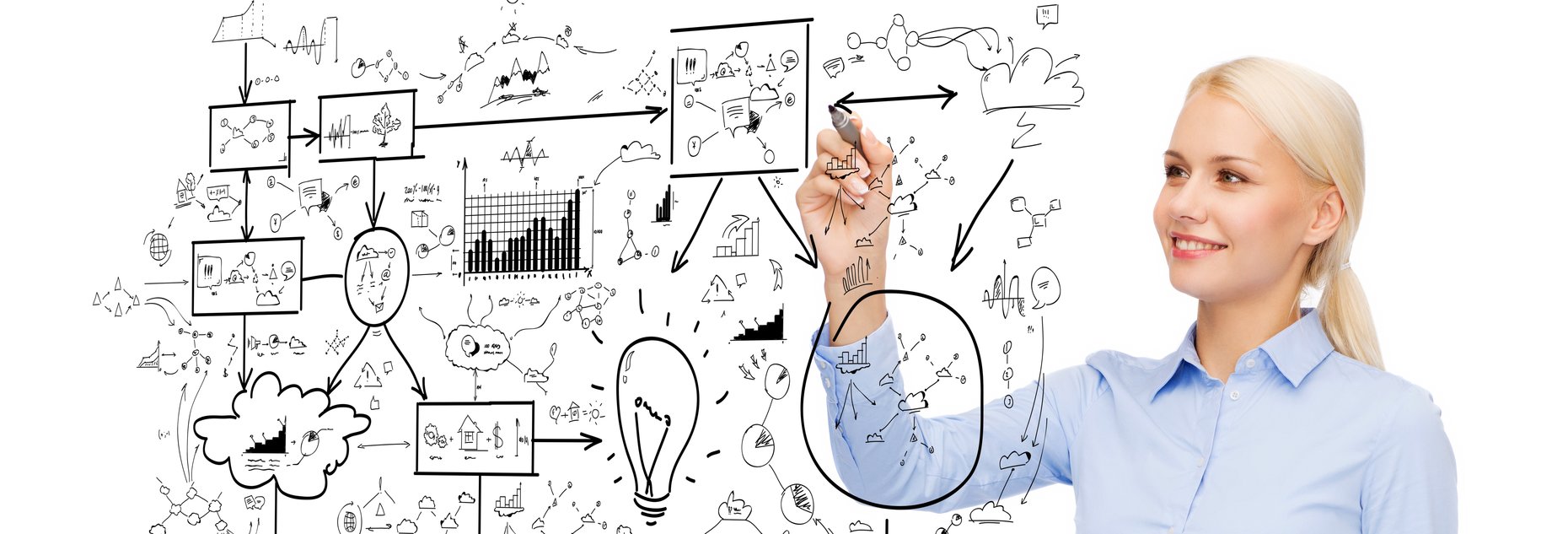B2B customers are only people – customer experience (CX) is intended for people
In our daily business, we often see that the term customer experience (CX) is not properly discussed and lived in companies. Many business customers assume that with a suitable software implementation, CX is created automatically and digital business processes run smoothly because, for example, the work is done by making items available on the online channel, or customer service now has access to customer data has access.
But what does customer experience actually mean?
Customer experience is a holistic approach to creating positive customer experiences at every touchpoint between the (business) customer and the company. User experience, or UX for short, can be described as the digital component, i.e. the digital touchpoints within the CX.
Why is a software implementation not enough for a CX strategy?
Companies should develop further on a strategic and technical level, especially in the e-commerce sector, e.g. through customer journey mapping, marketing campaigns and technical features. It is fundamentally important to create a stable basis in order to eliminate bad customer experiences such as poor returns processes, poor customer service, slow page loading, etc. The “experience gap” is often referred to as the difference between customer expectations and customers’ actual experiences.
Meeting the expectations of (business) customers
Today, customer expectations are very high in both the B2C and B2B sectors; this is also referred to as the empowered customer, as today’s (business) customer has great decision-making power and decision-making diversity. Customer expectations are shaped by all the “stars” of online retail, such as Amazon. Therefore, companies must accept today’s challenges in order to be able to prove themselves in the digital ERA and in the competitive landscape.

A consistent customer experience is also relevant for B2B businesses
People often focus on the customer journey, for example the digital shopping experience in B2B. B2B companies also have to meet the requirements of business customers and offer a consistent customer experience. CRM systems collect context-specific data from the website and behavioral data from marketing related to the respective customer. As a result, customer support can understand specific behaviors at specific touchpoints. This allows you to customize web content or run marketing activities such as campaigns as needed. In addition, O-Data (operational data) and X-Data (experience data) can be linked to identify interactions. Customer experience standards are moving from B2C to B2B. An example of this would be the usability of digital channels.
Ultimately, it’s about providing the user with a compelling content experience. In summary, individual experiences create a positive perception and appreciation of the customer towards the company and the associated brand – usually unconsciously for people but very consciously through the company’s customer experience strategy.

A possible way to build/develop your company’s CX strategy:
– Creation of a clear, customer -oriented vision.
Put on different principles or statements, communicate every employee and thus continue to end customers/business customers. These values or principles thus shape the entire company image and the associated behavior. An example from my earlier work at Disney can be mentioned here, because in the “Disney traditional” onboarding every employee “4 keys” is given (security, courtesy, show and efficiency) as guidelines how happiness can be passed on in the Disney Parks And it is precisely these principles that shape the whole company, the behavior of the employees and the experience of customers.
– Build customer understanding.
It is important to understand the needs and expectations of all customer groups in order to also act empathetically. So -called personas should be developed that show specific customer groups. For example, a customer service team will also act more customer-oriented.
– Create emotional connection with the customer.
Because it is these emotions that shape loyal customer behavior. Customers don’t forget how they felt during the service!
– Collect and evaluate customer experience feedback in real time.
Integration of live chats, AI-supported sentiment analysis (sentiment is automatically analyzed in chats, emails or surveys and a pre-selection is made), or follow-up emails to obtain direct feedback. It’s just as important to pass on specific customer feedback to the customer service team to show that you’re making a big difference.
– Establish a framework plan for the development of the team.
By now you should know how your company is perceived and what you would actually have expected after setting up the principles. Once you have identified the training needs for your service team, specific coaching, e-training and group training can be scheduled.
– Schedule regular internal team feedback discussions.
How committed are the employees and what have been previous opportunities to provide excellent service? What could be future methods to further develop the customer experience? Employees’ ideas should be included here.
– Measure ROI and other KPIs.
Results speak for the customer experience strategy. More customer loyalty and increased sales growth are possible results. Of course, there are also more concrete digital CX/UX elements that you need to analyze and improve depending on the software implemented:
-
-
fast page loading time
-
easy accessibility of service staff
-
personalized emails
-
continuous upgrades and updates of technical functionalities
-
This is the only way to create a positive customer perception end-to-end. Of course, you should generally also obtain customer feedback, for example by asking the question: Would you recommend our company?
Stay one step ahead of customer expectations
It is important that the CX strategy should be reflected in every concrete interaction with the customer. Customer experience is an area that needs to be promoted continuously and holistically in order to gain more customer loyalty, customer retention and market share. To do this, you have to act in a customer-oriented manner and always analyze the competition in order to best stay one step ahead of customer expectations. In times of very competitive digital companies “Age of competitive digital Empires/Enterprices” and especially in times of “empowered customers”, even B2B companies have to continuously work on their CX strategy. After all, it’s always about the needs of the person behind it.

Please contact us to find out more about how we can support you in your CX strategy: contact@codeitlabs.com
Written by: Despina Hatzigrigoriou